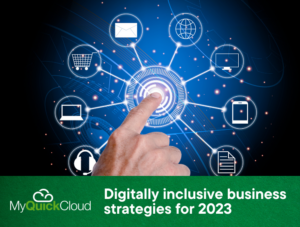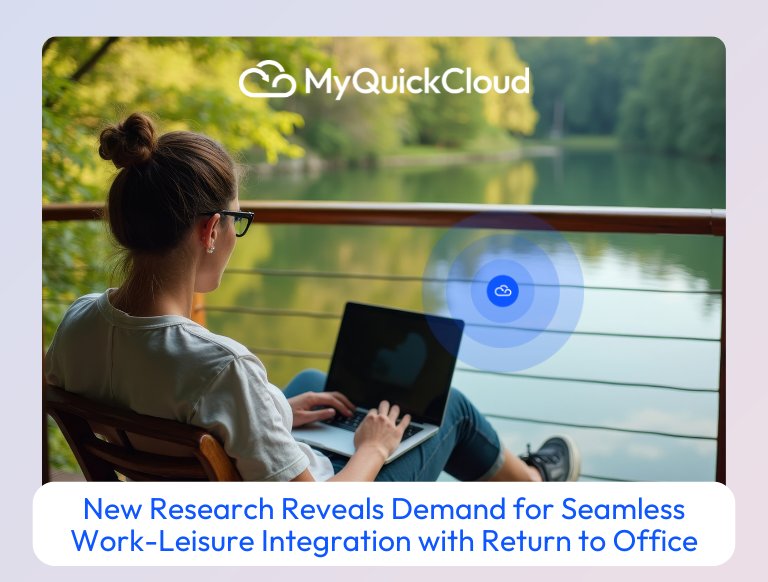In order to provide businesses with helpful tips and advice so that all individuals, regardless of their abilities, backgrounds, or circumstances, can have equal access to and participate in their digital products, services, and platforms, the company FDM Group, whose mission is to bring people and technology together.
Digital products and services must be accessible to everyone, regardless of ability, in an increasingly digital world.
In 2023, businesses must be digitally inclusive to ensure equitable access, improve customer satisfaction, comply with legal requirements, foster innovation, and make a positive social impact.
In a rapidly evolving digital landscape, businesses that embrace digital inclusivity prove their commitment to equal opportunities and position themselves as leaders.
Sheila Flavell, COO at FDM Group, comments: “Digital inclusivity refers to the practice of ensuring that all individuals, regardless of their abilities, backgrounds, or circumstances, have equal access to the digital world. It involves eliminating barriers and creating a digital environment that accommodates the diverse needs, preferences, and abilities of users.
“By implementing the following strategies, businesses can show that they are committed to creating a digital environment where everyone has equal opportunities and can actively engage with their products and services.”
In 2023, here are six ways to make sure your business is digitally inclusive:
- Audits should be conducted:
Most businesses can easily become digitally inclusive today by conducting an accessibility audit of their digital platforms and interfaces. The process involves assessing the accessibility features and potential barriers to accessing and using digital content.
Conducting an accessibility audit allows businesses to identify areas for improvement and take immediate steps to improve accessibility. It can include proper heading structure, alt text for images, keyboard accessibility, color contrast, and compatibility with assistive technologies.
- User Experience and Accessible Design (UX):
Digital products and platforms should emphasize inclusive design principles whenever possible. Make your websites, applications, and interfaces accessible and user-friendly for individuals with disabilities, including those with visual impairments and motor disabilities.
- Localization and multilingual support:
To cater to diverse customer bases, recognize the global nature of digital interactions and provide multilingual support. Content, user interfaces, and customer support channels need to be localized to cater to different cultural backgrounds and languages.
- Training and education in digital skills:
Develop training programs, workshops, and resources to improve digital literacy and skills among your employees, customers, and the broader community. To promote digital education and bridge the skills gap, you should also establish partnerships with educational institutions and organizations.
- Practices that promote inclusive hiring:
Implement inclusive hiring practices to promote diversity and inclusion in the workplace. To ensure a diverse range of perspectives in digital strategy and decision-making, create diverse teams, promote equal opportunities, and hire individuals from underrepresented groups.
- Integration of assistive technology:
Assist individuals with disabilities in accessing digital services by utilizing assistive technologies. Assist developers and organizations providing assistive technology to ensure compatibility and optimise the user experience for assistive devices such as screen readers, voice recognition software, or alternative input devices.





